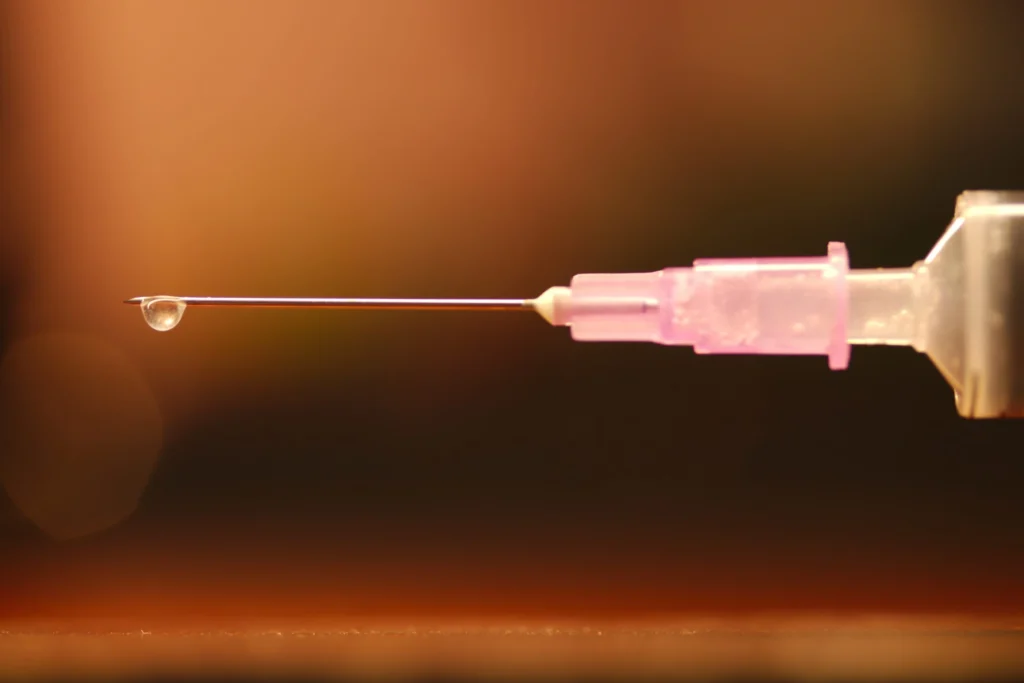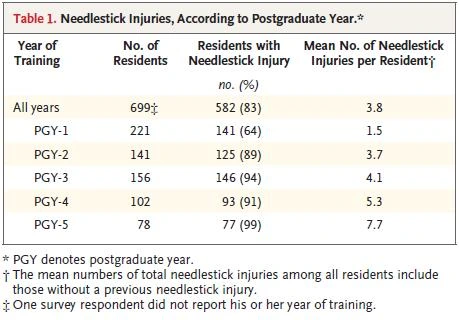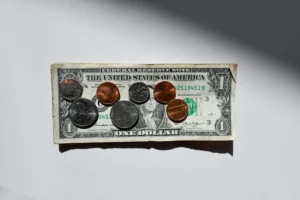
“A rock star phlebotomist,” is how one medical resident described herself. She had successfully drawn blood from a variety of cantankerous patients as well as those with invisible veins. During a routine drawing, she assumed the needle she had just used snapped back into the protector—it didn’t. She was stuck. While everything turned out to be fine, the young resident called the experience the most terrifying day she’d ever had.
Another healthcare professional contracted Hepatitis C when a needle went through her thumb. She wasn’t diagnosed until years later but was able to track it back to the needlestick. It seriously impacted her professional life. She writes, “It’s a horrible disease and people, even medical professionals, sometimes just forget why you get Hepatitis C. People do treat you differently at times, and that was real hard for me.”
Finally, a second year resident in Ohio was working an incredibly busy shift. He had to perform a fistula on an HIV positive patient on five different meds for a highly resistant HIV strain who also had renal failure. The process went well but as he was being asked some questions by the attending about other patients on the floor, he noticed his creamy white glove being stained deep red. He ripped it off and discovered a very deep needlestick wound. The resident was a “basket case” barely getting through each day until the “negative for HIV” results came in.
It’s Just a Matter of Time
How likely is it that you will get stuck by a needle? Statistics show it’s just a matter of time.
Recognizing a lack of information available on the subject, a study was commissioned on needlestick injuries and extensively reported in an article published in the New England Journal of Medicine (NEJM).
‘Needlestick Injuries Among Surgeons in Training’, cites findings compiled by researchers at Johns Hopkins School of Medicine and the Georgetown University School of Medicine. Surgeons in training at 17 medical centers were questioned about needlestick injuries. Their responses suggest that:
- 83 percent experienced a needlestick injury during training covering five postgraduate training years.
- 53 percent of residents received their injury from a high-risk patient.
- By the end of the final training year, 99% of residents had experience a needle injury.
As this graph indicates, the risk increases throughout the postgraduate years.
One major conclusion of the study is that needlestick injuries are very common among surgeons in training. Healthcare workers who do invasive procedures using sharp instruments and those in operating room settings are most at risk. Young surgeons are especially susceptible because of their constant use of instruments and frequent exposure to blood-borne pathogens while learning new surgical skills. It has been estimated that between 20% and 38% of all procedures in urban academic hospitals involve exposure to HIV, HBC or HCV.
Financial Impact of Needlestick Injuries
Though, most understand the physical health concerns of a needlestick injury, many do not consider the lasting financial impact an unfortunate needlestick could have including:
- Problems obtaining future employment.
- Limited ability to see patients and work necessary hours.
- The inability to obtain valuable disability, life, and health insurance coverage.
Short of wearing Kevlar gloves, the best way to protect yourself is to make sure you have enough disability insurance to maintain your income should you ever be forced out of work. A good policy will pay benefits if you are unable to work in your medical specialty and continue to pay even if you choose to work in a different occupation.
A needlestick could limit your earning power and jeopardize your ability to purchase disability insurance to protect it. That’s why the ideal time to purchase disability insurance is early in your career, or better yet, as a medical resident. But, it’s certainly never too late for anyone who wants to have financial peace of mind to protect their livelihood and families.
Ready to protect your future?
Get a personalized side-by-side policy comparison of the leading disability insurance companies from an independent insurance broker.




